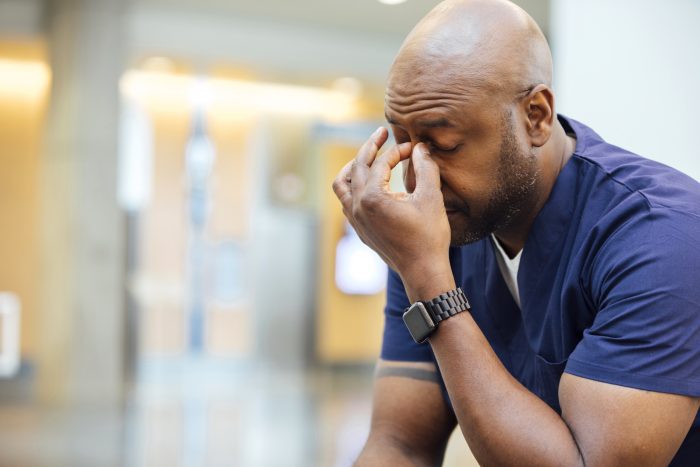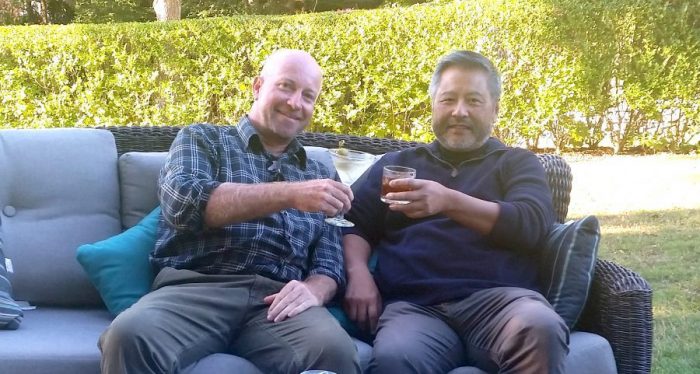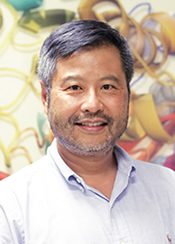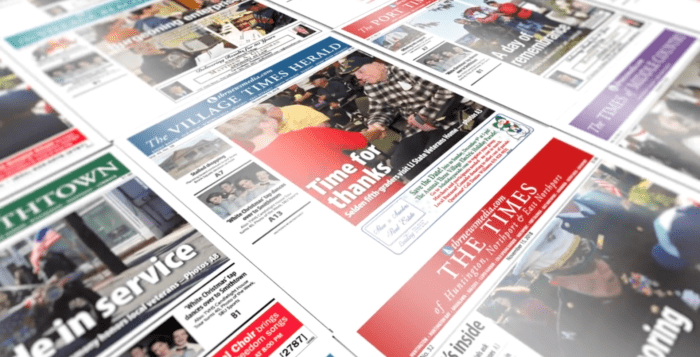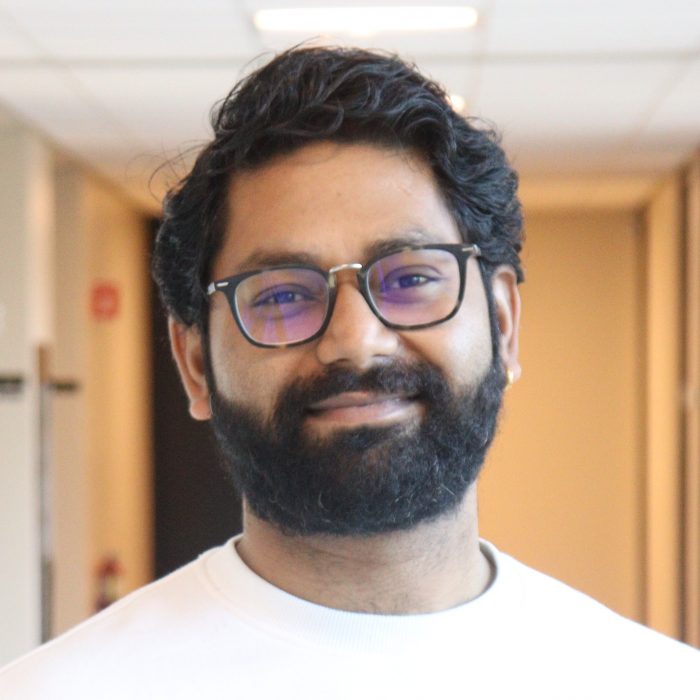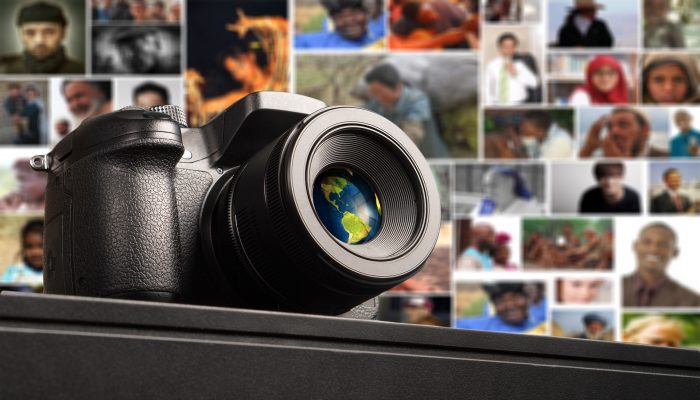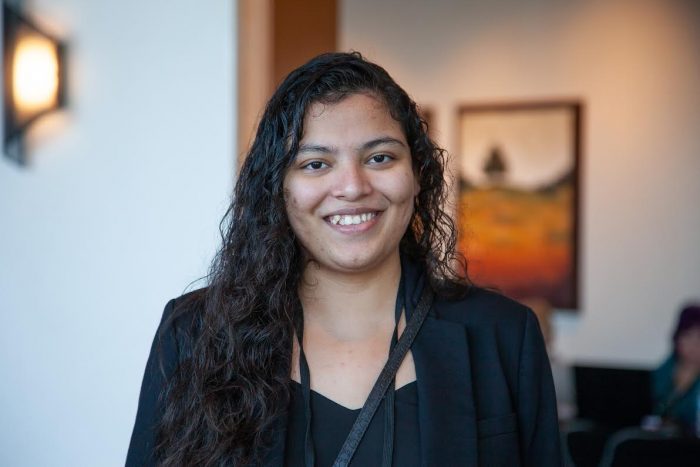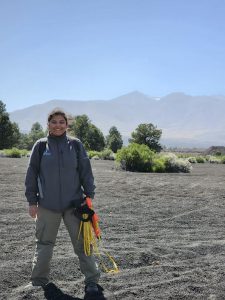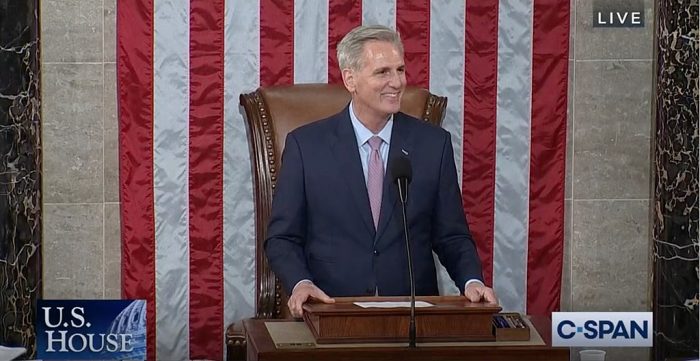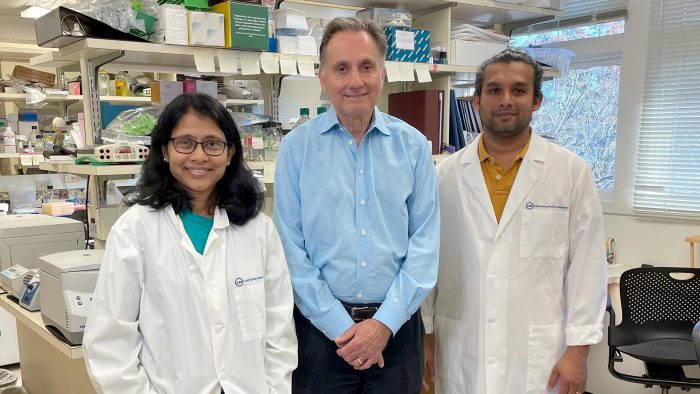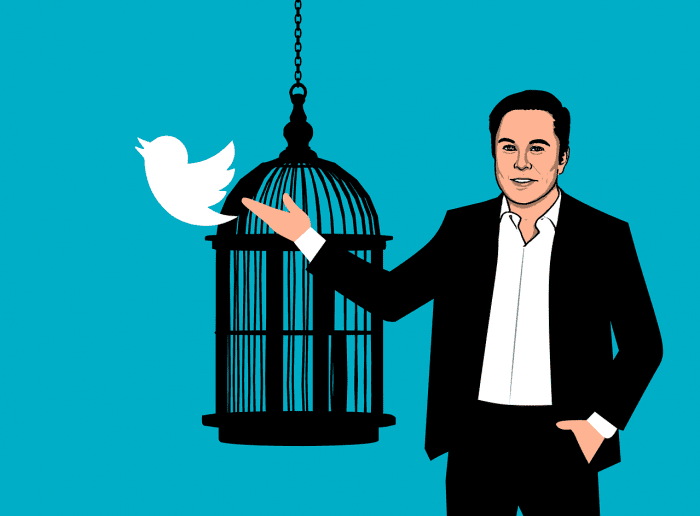By Daniel Dunaief

One day, you’re playing with your twin sons at home, running around with a ball on the driveway, calling and waving to neighbors who pass by when they walk their dogs or take their daily stroll through the neighborhood.
The next day, your life changes.
You want to know why or how, but you’re too busy trying to apply the brakes to a process that threatens the nature of your existence and your current and future happiness.
Your son had some gastrointestinal issues for a few weeks. You took him to the pediatrician and he said he’s got to get over a virus.
You wait, hope, and maybe say a few extra prayers, because the hardest thing for any parent to endure is the sickness of a child.
You check on him, day after day, hoping he’s better, only to find that there’s no improvement.
Suddenly, three weeks later, you’re in the hospital, trying to keep yourself, your spouse, and your other son calm while doctors remove a malignant brain cancer in a 5-year-old boy who defines “goofy” and “playful.”
One of our close friends in our neighborhood just started this unimaginable battle against a disease many of us know all too well, although the specific form of cancer varies.
Their babysitter shared the horror of the prior weekend with me outside the window of her passing car, where she normally would have driven both the twins to school.
I heard the story because I asked about the empty car seat in the back, where both boys typically showed me whatever stuffed animals or toys they had decided to bring to school, either for show and tell or because they were carrying an object that began with a particular letter.
As I talked with the babysitter, who spoke in the kind of hushed and dramatic tones often associated with discussions about serious health crises, I thought about how hard it was and will be for the other son. I thought he needed the kind of 5-year-old normalcy that might become hard to find when he’s worried about his brother and the anxious adults around him.
I asked him to show me what he was holding. He had a pink llama, who he said wanted to poop on my head or on my dog’s head.
I told him that my dog wouldn’t appreciate the poop unless the stuffed llama somehow pooped pink marshmallows.
He laughed, flashing all his straight baby teeth.
As I walked home, I thought of all the things my wife and I planned to offer our neighbors. Maybe we’d babysit the healthy son, walk their dogs, help with house chores, bring over food, do anything to lighten the unbearably heavy load.
I also thought about all the scientists at Cold Spring Harbor Laboratory, Brookhaven National Laboratory and Stony Brook University I have known who are working towards cures for cancer.
Many of them know someone in their family, their friend group, their neighborhood, or their schools who, like my daughter’s beloved first-grade teacher, suddenly were in a battle for their lives against a disease that steals time and joy from people’s lives.
Their labs often invite or include family members of people with cancer to staff meetings and discussions about their work, making the connection between what the scientists are studying and the people desperate for solutions.
It seems utterly cliche to write it, but I’m going to do it anyway: we should appreciate and enjoy the days we have when we’re not in that battle. The annoyance of dealing with someone who got our order wrong at a restaurant seems so spectacularly small in comparison.
We can appreciate that the person who seems like a total jerk for cutting us off on our way home may also be the one racing back to hug his child or spouse after an impossible day that changed his life.

